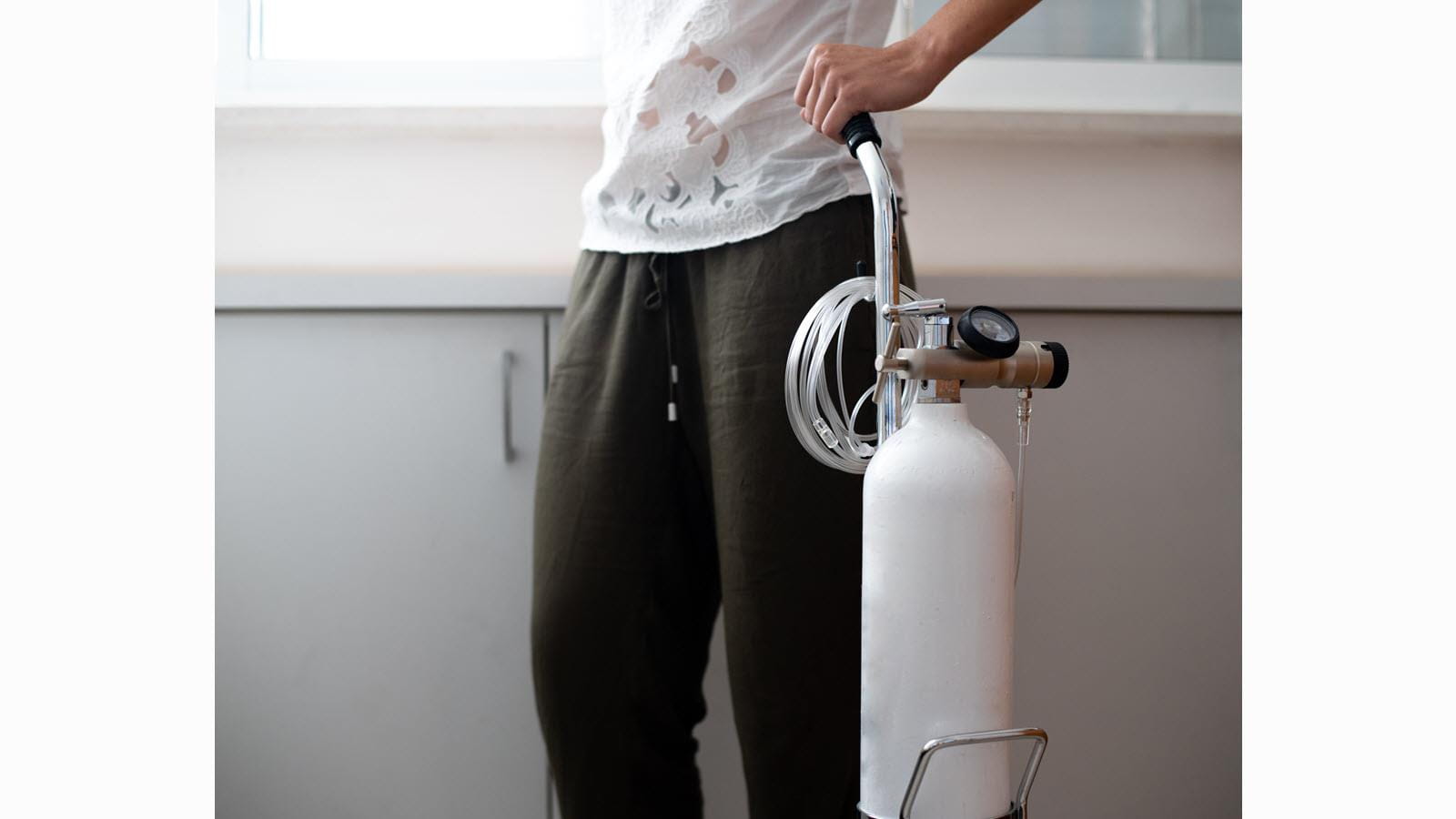The Facts About Oxygen Tanks Revealed
Wiki Article
Excitement About Oxygen Tanks
Table of ContentsRumored Buzz on Oxygen TanksOxygen Tanks Things To Know Before You Get ThisEverything about Oxygen TanksThe 5-Minute Rule for Oxygen TanksAll about Oxygen TanksThe Best Guide To Oxygen Tanks
Oxygen cylinders are most typically utilized in combination with an oxygen concentrator. The "home-fill" oxygen systems permit tiny, portable cylinders (i. e. M-6's, M-9's) to be re-filled directly from oxygen concentrators.Oxygen cylinders come equipped with a regulatory authority that regulates the circulation of oxygen to the individual. If the regulatory authority is used without an oxygen-conserving gadget, the circulation of oxygen to the patient will be continuous. If the regulatory authority has a saving tool integrated in, the circulation of oxygen is launched when the individual breathes in and also is removed when the client exhales.
By: Folasade I Kehinde, MD, MPH, FAAPChronic respiratory system problems can trigger degrees of oxygen in the blood to go down as well low. When this takes place, it is called hypoxemia. Children with hypoxemia might need to have oxygen therapy in the house once they are released from the hospital. This helps them maintain normal blood oxygen levels so they can stay healthy.
Oxygen Tanks - An Overview
It can be created by a range of conditions and diseases, not simply respiratory ones. A few of the persistent respiratory problems that can create hypoxemia include: Poor feeding, Poor development, Poor sleep, Poor brain development, Harmful decline in heart rate (oxygen tanks) (bradycardia)Short durations of not breathing (apnea) Babies that are clinically steady as well as whose parents have been educated can be sent out house on oxygen to avoid hypoxemia.
It's typically sent out to your house and also it operates on power. A person from the medical devices business will show you exactly how to utilize the concentrator. A mobile back-up oxygen storage tank is needed, too, for times when your child isn't near an electric outlet and just in case there's a power outage.
An Unbiased View of Oxygen Tanks
An apnea display is a gadget that makes use of chest leads or finest around the upper body to check your baby's breathing price and also heart price. The device notifies you when your infant's breathing rate sluggish or heart rate decreases, which might be a sign of respiratory distress. A pulse oximeter is a device that uses a find small band covered around your infant's hand or foot to determine the oxygen degrees in the blood.
Your doctor will certainly also describe what analyses imply you need to call your healthcare service provider. Bear in mind that an alarm system may not always signify distress, so it is very important to look at your infant's breathing, color, as well as task. Any kind of time a child is sent out residence from the hospital on oxygen, there are safety and security precautions you need to follow: Your infant's room should be well ventilated.
This will permit you to gain from the health and wellness treatment group as well as technique while you have specialists readily available to answer inquiries - oxygen tanks. Some NICUs have an area for moms and dads to remain with the baby the evening prior to going home to assist with the shift. Infants sent out house on oxygen may have home nursing gos to prepared with their insurance policy by the medical professional.
The smart Trick of Oxygen Tanks That Nobody is Talking About
She or he will certainly additionally be delighted to answer any kind of concerns you might have about taking care of your infant. Most infants are discouraged off oxygen slowly based on suggestions from your kid's physician as well as a lung specialist called a pulmonologist. Make certain your healthcare group supplies letters to provide to your phone company, electric company and neighborhood emergency situation clinical solutions (EMS) to inform read the article them that you have a kid with unique needs in your house.There might be variations in treatment that your doctor may suggest based upon private truths as well as circumstances.
Oxygen cyndrical tubes come in a range of different sizes yet not every size uses to every circumstance. If you've ever wondered what the different sizes of oxygen cylinders are and when to utilize them, this guide is official statement for you.
Everything about Oxygen Tanks
9 m3) of oxygen as well as evaluate about 16kgs when complete. These cylinders are several of the largest choices that are still easily mobile, making them ideal for home usage, in ambulances, or in health centers and also clinics. When oxygen is carried out at a 5LPM circulation rate, the cylinder components can last for around 2 hr half an hour.Make certain that you rotate your stock and utilize the older cylinders. Just relocate cyndrical tubes with the assistance of a cart. Never roll or drag a cyndrical tube over the ground.
As one of Australia's largest on the internet clinical supply providers, we carry an outstanding series of clinical supplies and devices. View our full collection online today or obtain in touch with our group for help with volume prices, product information, or any type of other questions you might have.
Oxygen Tanks Fundamentals Explained

An oxygen valve is a valve that is used to manage the circulation of oxygen. Oxygen shutoffs are used in different settings, such as in hospitals, at home oxygen containers, as well as industrial setups.
Report this wiki page